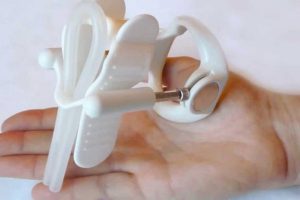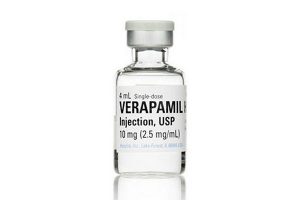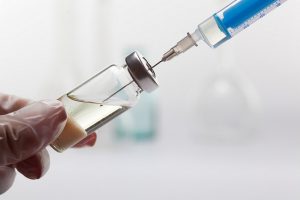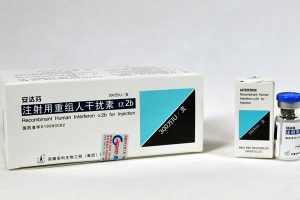
Peyronie’s Disease is a tissue disorder where the body grows fibrous plaques or scar tissues in the soft tissue of the penis. This causes a curvature of the penis which causes pain and, oftentimes, erectile dysfunction.
The disease usually progresses in one of two directions: painful erections or erectile dysfunction. Most individuals who experience this disorder have erectile function loss and inability to get an erection lasting longer than 20 seconds.
This disease affects men of any age or race, although it does appear to be more common in older men.
Peyronie’s Disease also appears to affect just the penis, although some men do have similar fibrous plaque growth in their hands and feet, but not enough to cause pain or distortion.
Are There Methods to Prevent Peyronie’s Disease?
As of this time, there are no known preventative methods, other than to avoid damaging or striking the penis. Many men with this disease have no memory of ever sustaining damage to the penis so even this is only a precaution.
To improve blood flow to the penis, doctors recommend that you stop smoking or don’t start. Men should also monitor their erection quality and have their testosterone levels checked regularly so that any changes can be caught and treated immediately.
Any medical conditions you might have (especially those that can affect testosterone levels) should be discussed and treated.
Even then, you might still develop Peyronie’s Disease since the root cause is not known.
Are There High-Risk Groups?
Some researchers believe there is a genetic or hereditary link, but this is only a possibility.
There are some factors among those with Peyronie’s Disease that those afflicted seem to share, including:
- Low quality or soft erections. It’s thought that this might allow the penis to “bend” in places, causing microscopic damage.
- Age (something no one can avoid)
- Smoking
- Having previous surgery to the penis or prostate surgery
- Low testosterone levels
- General circulatory problems or hardening of the arteries
- Poorly controlled diabetes
These are all possible risk factors, but none has been proven conclusively to actually be the root cause of this disease.
Are There Any Treatments?
Even with no treatment, approximately 10-15 percent of all subjects will improve over time. Unfortunately, about 50 percent will become worse.
While many different medications have been tried, to date, none of them have worked well for everyone.
Vitamin E has had success for some men. This vitamin appears to make the plaque deposits smaller, therefore allowing the penis to straighten out. There have been no real studies; however, so it is unknown how much is an effective dose and how long one must consume it to see results.
Other treatments include:
- Penis Straightening Device: This is clinically proven to be the best method of treating Peyronie’s Disease. These devices use a traction method to slowly but gradually straighten a curved penis within 4-9 months. They are known to require little or no training. This method is particularly useful if a man is seeking to straighten his penis without surgical intervention. The device will work for everyone but it requires everyday usage within at least 4 months. Please see the manufacturer’s websites and obtain the device for your specific needs.
- Verapamil Injections: Direct injections into the penis appear to work better than any oral medication tried. Verapamil is generally used to treat high blood pressure and many doctors report that it helps both the pain and curving.
- Collagenase Injections:
Collagenase breaks down certain tissues and is naturally made by the body. Some studies have shown that injecting it directly into the plaque helped to stop the disease and ease the curving. - Interferon Injections: This is also a natural substance made by the body to reduce swelling. It’s thought that injections of this protein help to slow down
the development of plaque in the penis. - Surgery: This is only attempted on the most severe, disabling form of
the disease . Even then, most surgeons won’t operate until the patienthas been stable for at least 9 to 12 months.
Penis Straightening Devices are clinically proven to treat Peyronie’s Disease
Study author and director of the Department of Urology, Section of Andrology in Akdeniz University School of Medicine, Dr. Mustafa Faruk Usta says that the results of the usage of penis straightening device for the treatment of Peyronie’s Disease are not only exciting; they are also scientifically and clinically proven.
“Determining the quality and safety of the use of the device, a noninvasive approach which has been approved by the Food and Drug Administration for use by urologists is of major importance,” he explains. “My findings were greatly exciting when this research proved successful in treating Peyronie’s Disease in male patients who already demonstrated severe discomfort during penis erections”.
The best results can be achieved with the combination of the 2 methods: wearing a penis straightening device and taking Vitamin E. This provides fast response and quickly eliminates penile curvature.







